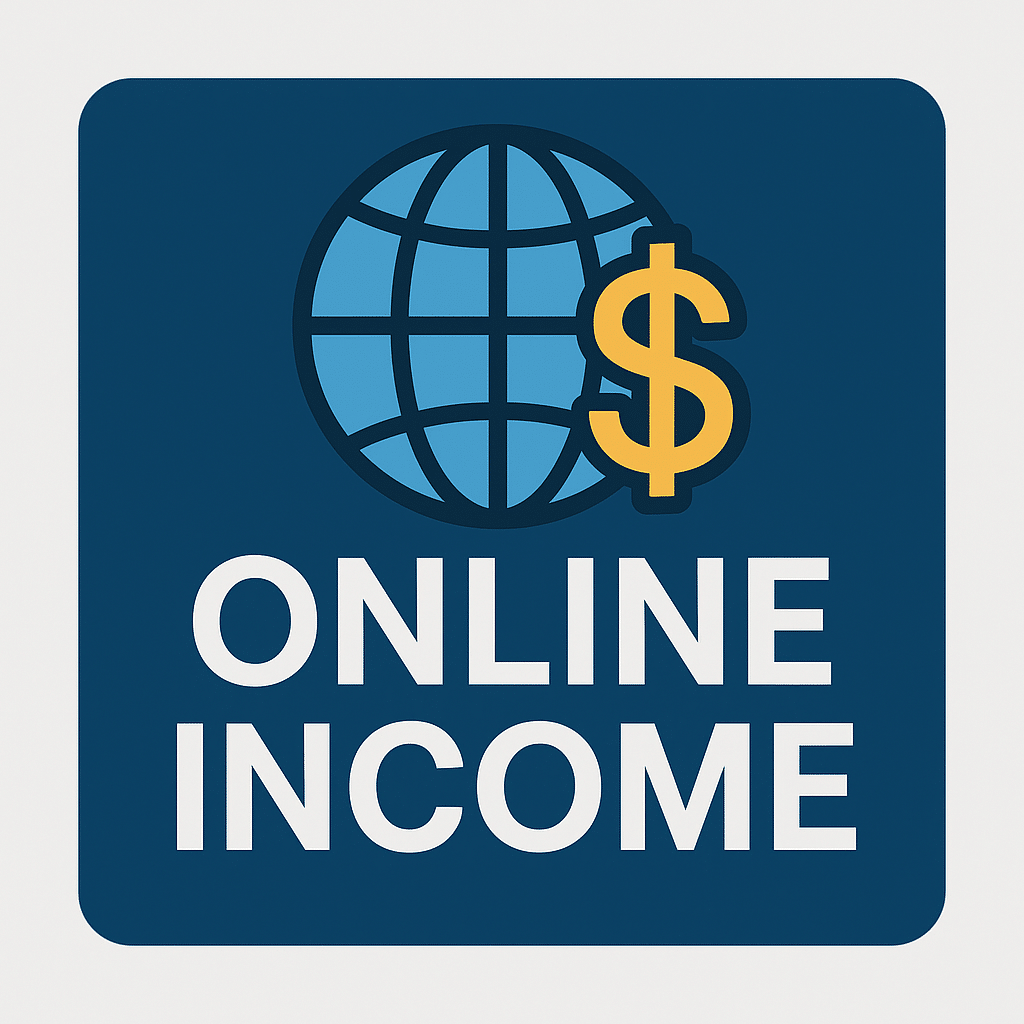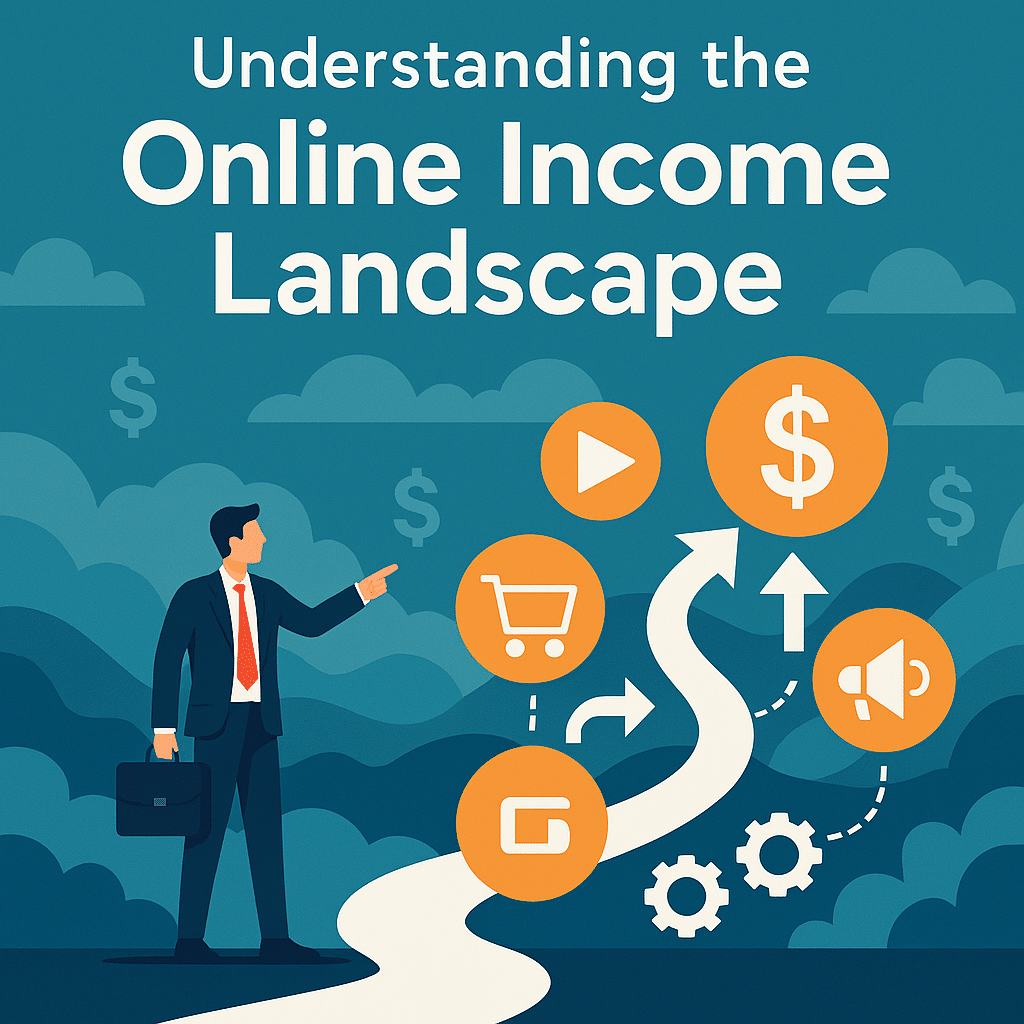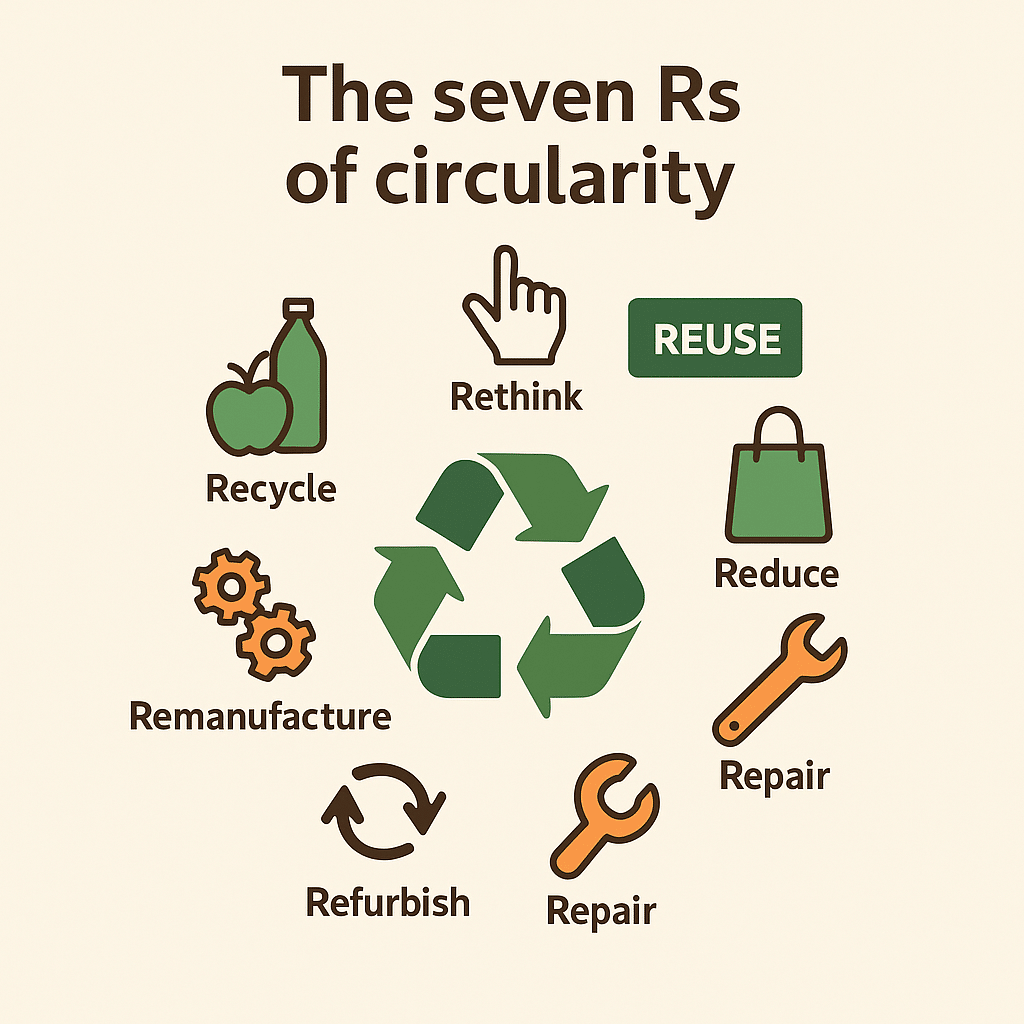Understanding Online Income
Introduction — Why this guide matters
The online income landscape in 2025 is massive, diverse, and far more accessible than a decade ago. New platforms, creator economies, and low-cost infrastructure mean nearly anyone can start earning online — but not all paths are equal. Some deliver quick cash (freelancing, microtasks), some compound over time (blogs, digital products), and others require capital but scale quickly (private-label ecommerce, SaaS).
This post maps the major models, explains tradeoffs, offers step-by-step starts you can follow this week, and gives examples of people who turned small beginnings into full-time businesses. Read this as your strategic primer: choose one primary path, validate quickly, and layer other models as you grow.
Quick navigation (internal placeholders): Freelancing — see Pillar 2. Ecommerce — see Pillar 5. Digital Products — see Pillar 7. Affiliate & Influencers — see Pillar 9. Passive Income — see Pillar 6.
Snapshot comparison — which model fits you?
| Model | Startup cost | Time to cash | Scalability | Best fit |
|---|---|---|---|---|
| Freelancing | Low ($0–$200) | Days–weeks | Moderate (agency) | Skilled service providers |
| Ecommerce | Medium ($500–$5k+) | 1–3 months | High | Product-minded entrepreneurs |
| Digital products | Low–Medium | 1–3 months | Very high | Creators, subject-matter experts |
| Affiliate marketing | Low | 6–12 months | High | Writers, SEO builders |
| Creator economy | Low | Months | High | Storytellers, entertainers, experts |
| Microtasks | None | Immediate | Low | Beginners, short-term cash |
Short commentary: Use freelancing to fund early months; test product ideas with small ecommerce or digital product pilots; build audience/asset (blog, list, YouTube) that compounds.
1) Freelancing & gig work — the fastest path to cash
What it is: Deliver a skill (writing, design, dev, marketing, video) directly to clients. Common marketplaces: Upwork, Fiverr, Toptal — but direct outreach and networks often pay better.
Why it works today: Demand for niche skills (prompt engineering, automation setup, explainer video editing) grew in 2023–25. Tools like no-code platforms and AI let solo operators deliver high-value outcomes faster.
How to start (30–60 day plan)
- Pick one high-value skill you can deliver reliably.
- Create a simple portfolio site (one page with 3 case examples).
- Build one marketplace profile (optimize headlines, portfolio, and fixed-price offers).
- Send 20 personalized proposals/week and pitch 10 cold outreach emails to companies.
- Convert first orders, ask for reviews, and raise price after 3 wins.
Pricing blueprint
- Entry: hourly or $50–$150 fixed projects.
- Mid: $500–$2,000 per project or monthly retainers.
- Advanced: value-based pricing ($5k+ outcomes) or agency model.
Scaling
Move from hourly → value pricing → retainers → subcontractors. Many freelancers become micro-agencies with 2–8 contractors.
Case studies
- Amira (VA → Agency): Started at $10/hr, specialized in Notion + AI and moved to $75/hr. Hired subcontractors and now runs a 5-person boutique agency.
- David (copywriter): Began with $25 blog posts, built SaaS case studies, sold retainer packages at $5k/month.
Pros: Immediate revenue, low startup cost, fast learning-by-doing. Cons: Active income (unless productized), client churn risk.

2) Ecommerce — product businesses, physical or digital
What it is: Selling products (physical or digital) through a website, marketplaces (Amazon/Etsy), or social commerce (TikTok Shop, Instagram Checkout).
Primary models
- Dropshipping: No inventory; supplier ships direct. Pros: low capital. Cons: lower margins, fulfillment risk.
- Print on demand (POD): Design-driven; low inventory risk; depends on strong branding.
- Private label / wholesale: Higher control & margins; requires capital and supplier relationships.
- Amazon FBA: Access to Amazon demand; higher fees and policy dependence.
How to validate
- Pre-sell on landing page (Gumroad/Shopify + PayPal/Stripe)
- Run $20/day creative ads for 7 days to see CPC → add-to-cart signals
- Order samples and test UGC creatives
Store essentials
- High-quality product images & 2–3 short demo videos.
- Benefit-driven product descriptions with spec table and an FAQ.
- Trust signals: reviews, clear returns, shipping timelines.
- Clean checkout: guest checkout + wallets (Apple Pay/Shop Pay).
Marketing channels
SEO content, Google Shopping, Meta/TikTok ads, email + SMS, influencer marketing, and affiliate partnerships.
Case studies
- Diego (niche Etsy store): Started with custom board-game accessories; used influencer micro-partnerships → $18k/month by year 3.
- Anya (private label skincare): Invested in product safety tests + influencer seeding → $50k/month within 18 months.
Pros: High upside, brand control, predictable unit economics once optimized. Cons: Inventory & cashflow management, higher upfront cost.
3) Digital products — create once, sell forever
What it is: Courses, ebooks, templates, plugins, and micro-SaaS tools where marginal cost is near zero.
Formats that work
- Video courses (host on Teachable, Podia, Thinkific).
- Templates (Notion, Figma, Notion marketplaces).
- Tools and plugins (marketplaces or licensing).
- Memberships & cohorts (high-touch recurring).
Launch playbook
- Identify specific learning outcome (clear transformation).
- Validate with a small pre-sale or webinar.
- Build an MVP (PDF + 3 short videos).
- Price anchor with early-bird offers and payment plans.
- Drive traffic with content (YouTube, long-form blog, email).
Traffic & conversion lift tactics
- Repurpose course clips as short-form social content.
- Use free mini-course or lead magnet to build email list.
- Offer a low-ticket tripwire to lower purchase friction.
Case studies
- Sarah (fitness coach): $29 PDF → scaled to $200 course after feedback; $80k gross in 2 years.
- Priya (Notion templates): Grew Twitter audience → $10k in 9 months, then launched a $99 bundle.
Pros: High margin and scale, compounding returns. Cons: Marketing & audience building required; initial creation time.
4) Affiliate marketing & niche sites
What it is: Earning commission by promoting other people’s products through links embedded in content, email, or video.
Effective approach
- Pick a narrow niche and cluster content around buyer intent keywords (e.g., “best compact travel blender 2025”).
- Build long-form comparison guides and “best of” pages.
- Grow an email list to drive repeat clicks.
Monetization mix
Amazon Associates, niche affiliate networks, product SaaS affiliate programs (higher payouts).
SEO basics
Focus on long-tail, searcher intent, topical authority. Use internal linking and an evergreen content calendar.
Case studies
- Marcus (tech blog): Focused on micro-niche product comparison; $5k/month in affiliate commissions after 18 months.
- Emma (cooking + tools): Built content + course upsell; $12k/month combined revenue.
Pros: Low startup costs, passive when organic traffic builds. Cons: SEO time lag; platform policy changes can cut income.

5) Creator economy — content-first monetization
What it is: Build an audience on YouTube, TikTok, Instagram, or Substack and monetize via ads, sponsorships, memberships, products, or services.
Pathway
- Pick content niche and core hook.
- Publish consistently (short-form frequency or long-form depth).
- Turn best content into products (courses, memberships), sponsorships, and merch.
Monetization ladder
ads → sponsorships → products → memberships/patreon → merch.
Growth levers
first-3-second hook for shorts, repurpose long-form for SEO, collaborate with other creators, and create content series.
Case studies
- Lena (digital art YouTube): 150k subscribers; diversified into Patreon & courses; $8k/month.
- Sophie (TikTok language coach): Scaled to coaching + $99 course, $7k/month.
Pros: Asset-based (audience), multiple monetization routes. Cons: Platform risk; consistent content demand.
6) Remote work & microtasks — get started with no friction
What it is: Small online tasks (transcription, tagging) or remote jobs (customer support, moderation).
When to use: Short-term cash, learning digital workflows, bridging to freelancing.
Notable services: Amazon MTurk, Appen, Rev. Use them to build confidence and a cushion while you test higher-leverage paths.
Case example: Jake used MTurk income to cover essentials while building a portfolio and then moved to freelancing in digital marketing.
7) Passive income strategies — compounding assets
Forms of passive income
- Content with SEO: blog posts that keep driving traffic & affiliate sales.
- Royalties: books, photography, audio licensing.
- Subscriptions: membership sites and subscription products.
- Automated ecommerce: subscription boxes and replenishable consumables.
How to get real passivity
Invest in systems (3PL, automation, evergreen funnels) and treat assets like investments that need maintenance.
Case study: Tom published an ebook, later syndicated a short audiobook, and collected royalties that supplemented freelance income.
8) The skills & toolstack that matter
- Core skills: Writing & communication; marketing fundamentals; sales & negotiation; basic tech literacy.
- Essential tools: Canva, Figma, WordPress/Shopify, ChatGPT, Google Analytics, and an email service provider (ConvertKit, Mailchimp, Beehiiv).
9) Common pitfalls & how to avoid them
- Chasing shiny objects. Fix: validate before spending.
- Spreading thin across too many models. Fix: pick one primary and one complementary path.
- Ignoring legal/tax basics. Fix: set up a simple business entity, use contracts, and set aside taxes.
- No tracking. Fix: define 3 KPIs (revenue, CAC, conversion) and check weekly.
- Poor product-market fit. Fix: talk to customers early, run pre-sales.
10) Action plan — your first 90 days
Week 1 (decide & validate): choose a primary model, run a two-question survey to 20 people, build a one-page landing or marketplace profile.
Week 2 (create & test): create your MVP offer (sample service, landing + waitlist, sample product), run small ad tests ($10–20/day).
Week 3–4 (iterate): collect feedback, publish 3 pieces of content tied to your offer, refine pricing.
Month 2 (scale basics): start an email list, create a 30-day content calendar, reach out to 5 micro-influencers for trial partnerships.
Month 3 (optimize): build core automations (cart/email flows), lock in supplier relationships or subcontractors, and aim to hit a consistent monthly revenue target (e.g., $2k–$5k).
- [ ] Choose one primary model.
- [ ] Create an MVP landing page or marketplace profile.
- [ ] Run a small ad or outreach test.
- [ ] Gather first 10 customer/user insights.
- [ ] Set up a simple tracking sheet for revenue & CAC.
11) Expanded FAQs (practical answers)
How long before I can quit my job? For most, 6–18 months of consistent, growing income is a safe runway. Aim to replace 60–80% of monthly take-home pay before quitting.
Which model is best for beginners? Freelancing for immediate cash; affiliate/content for long-term compounding. Use freelancing to fund audience-building efforts.
What if my niche is crowded? Niches are crowds of undifferentiated stores; create a unique audience angle (channel + use case + story). Small differences in messaging often outperform small differences in product.
Do I need corporate experience? No. Many online businesses start by solving problems you personally experience. Corporate experience helps with processes but isn’t required.
How do I price digital products? Anchor pricing with outcomes. Low-ticket ($7–$49) gets volume; mid-ticket ($99–$499) converts well with a free demo; high-ticket ($1k+) needs direct sales + trust.
Should I be on Amazon? Amazon helps scale product reach but reduces margin and brand control. Many brands run “.com first, Amazon second.”
How important is email? Critical. Email ownership compounds across channels — paid & organic. Build it from day one.
Do I need to form an LLC? It’s smart for liability and tax clarity. Consult a local accountant for country-specific rules.
How much should I budget for ads? Start small ($5–$20/day) for tests, then scale when ROAS meets target based on LTV and margin.
What’s one thing most successful people do? They ship consistently and get feedback fast. Momentum beats perfection.
12) Resources & recommended further reading (authority links)
- Statista — global ecommerce stats (insert final link when publishing).
- Shopify — small business reports & merchant data.
- HubSpot — creator and marketing trend reports.
- Baymard Institute — checkout UX research (conversions).
Multimedia
Watch:
Listen:
Conclusion — start small, build systems
There’s no single “best” way to make money online. The smartest path is a hybrid: use direct cash models (freelancing, small ecommerce) to fund the creation of compounding assets (digital products, audience, evergreen content). Treat everything as an experiment: validate rapidly, automate what works, and reinvest in the parts that scale, conversely, The Seven Rs of Circularity have a similar role.

